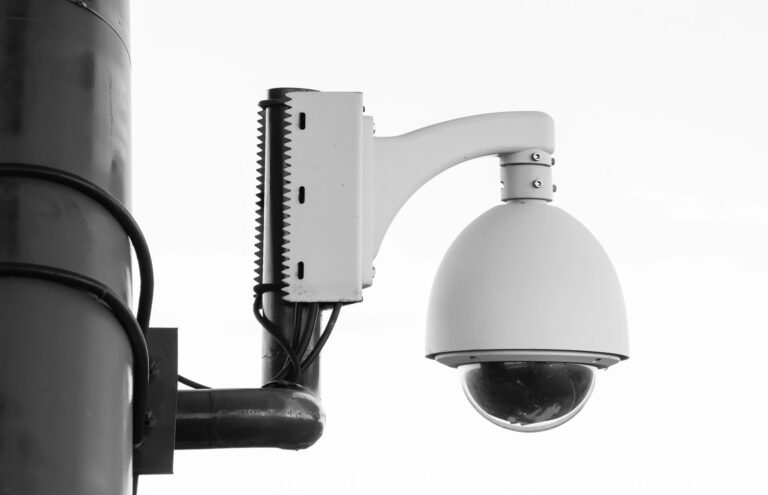Mastering RFPs: A Proven Guide to Boosting Tax Compliance Success and Eliminating Delays
Effective tax compliance begins with a well-structured Request for Proposal (RFP). This was the key takeaway from Comply Exchange’s recent webinar titled “Know Your Pain: Write RFPs That Solve, Not Stall”, conducted in collaboration with SOVOS and Ledgible. The session highlighted the importance of clarity in terms of scope and stakeholder involvement in the RFP process.
The Importance of Clarity in RFPs
Before drafting an RFP, it’s essential to gather input from various teams. This includes not only the tax department but also legal, product, customer support, security, and compliance teams. Without proper alignment, crucial pain points can be overlooked, leading to inadequate solutions.
Avoiding Vague Language
One of the common pitfalls in RFPs is the use of vague terminology. For instance, requesting “W-8 support” without specifying particular IRS forms such as W-8BEN, W-9, or IRS Form 8233 can result in misaligned vendor capabilities. To mitigate this risk, ensure that the following elements are explicitly outlined:
- Customization requirements
- Interface needs
- Multilingual support
- Reconciliation processes
Leveraging Advanced Tools for Compliance
Tools like Comply Exchange’s eForms and Admin modules can assist in overcoming these challenges by supporting electronic form collection, monitoring, and syncing with source systems. They also provide automatic updates for expired or modified forms.
Understanding Compliance Liability
It’s important to note that merely purchasing software does not eliminate compliance liability. The webinar emphasized the necessity of distinguishing between internal responsibilities and expectations from managed services. Creating clear and precise RFPs leads to improved outcomes in tax compliance.
Conclusion: Key Takeaways for Effective RFPs
To ensure the success of your tax compliance initiatives:
- Align early with all relevant stakeholders.
- Define your requirements with precision.
- Consider tools that effectively integrate tax compliance with customer experience.
For more insights on improving your RFP process, visit Comply Exchange or check out SOVOS and Ledgible.
Read the full story on the importance of effective RFPs and tax compliance here.







